Which lamps are suitable for the hospitality sector?
- Posted on
- By INTOLED
- 0
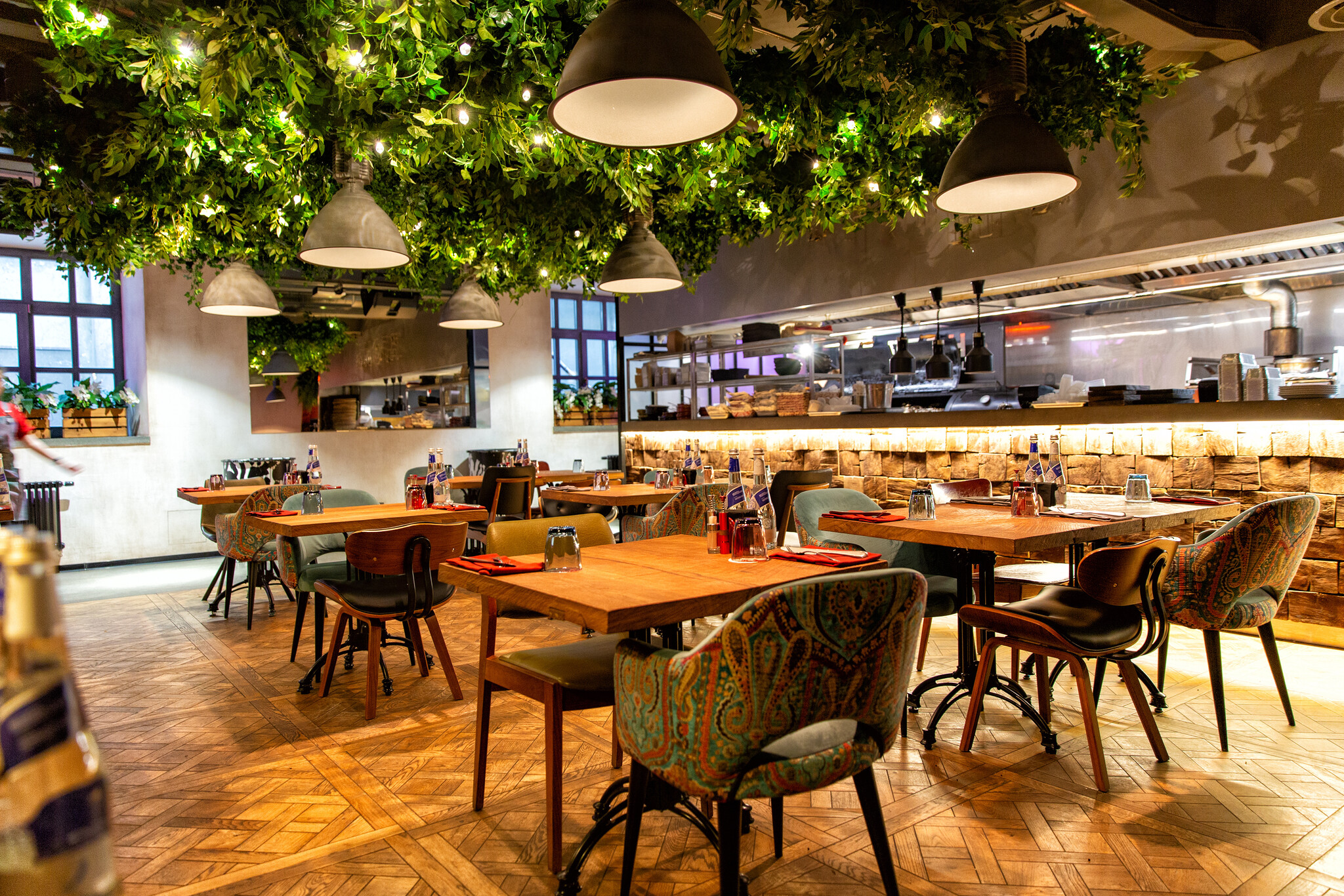
Do you ever visit a restaurant, café or canteen? Or do you work there? Maybe you own a catering business. In any case, do you know how important the right lighting is?
By choosing the right lighting, you can create atmosphere and make a visit to your restaurant or bar a real experience. Customers will spend more time in an atmospheric restaurant, which of course means more sales. Perhaps the most important aspect of restaurant lighting is that it not only creates atmosphere, but also enhances the food being served. We all know the feeling when a dish looks delicious, but when you try to capture it in a photograph, it is rather disappointing: the photo is underexposed or overexposed. You can have the same effect with lighting in the catering industry. And if you want something from your meal, it is to enjoy the delicious food. This is no longer just about taste, but also about presentation. After all, the eye wants something too.
Catering lighting tips
Now that we know that the right lighting is important, we want to know what lighting is best for restaurants. What are the best lights for restaurants? What are the best lamps for cafes? And how to light the space above the bar? Of course, lighting is always a matter of taste. While some people like to sit almost in the dark with warm white and dimmed lighting, others prefer showroom lighting, so bright and white. Another important consideration is the type of space. What happens there? Will there be drinking, dancing or fine dining?
There are different types and sizes of lighting, and you don't use the same type of lighting everywhere. For example, you may want to use different lighting in a fancy restaurant than in a brown pub or cafe. It is also important to think carefully about where the lighting will be hung. Do you want lighting for the front of your restaurant or for the terrace? Then you need to look for waterproof lighting. Do you want lighting in the cold store? We have lighting that can withstand damp and low temperatures. You will probably have several functions in the same room or in different areas.
Think of the toilet and kitchen in your restaurant. Or maybe you have a hotel in mind, where the lighting needs are very different.
What is basic lighting and what is mood lighting?
We can divide lighting into two broad categories. We will explain these categories in terms of colour temperature. Colour temperature is also called light colour and is expressed in Kelvin. The lower the Kelvin value (e.g. 2000K), the warmer and more orange-like the light. The higher the number, the whiter or even bluer the light (e.g. 6500K).
Firstly, there is the general lighting, which is, for example, the lamp you turn on with the main switch so that you can see everything at once. In a restaurant, this is often the lighting above the tables and the general lighting at the bar. Basic lighting is often warm white and around 3000K. Preferably, this type of lighting is dimmable, so you can choose how bright you want your lighting to be.
Second, mood lighting, which you can use to create accents in corners and seating areas. This can include spotlights to highlight a painting or other hospitality lighting, as well as the characteristic hospitality candles on the table. Mood lighting, as the name suggests, is used to create atmosphere in a room. So mood lighting at 2700K is actually a little warmer in colour.
Then there is a third type of lighting, which is task or functional lighting. In a restaurant, people not only eat and drink, they also work. You want to use this type of lighting in the kitchen, but perhaps also behind the bar and in storage areas (pantry) and perhaps in the toilet. Functional lighting is often a neutral white of around 4000K.
Lumens for hospitality:
When we talk about lumens, we are talking about the amount of light emitted by a light source. This can be very bright, as in a floodlight or bright ceiling spotlight, or very dim, as in a night light. This brightness is measured in lumens. If you want to be able to change the number of lumens, you can choose a luminaire with a dimmer. With a dimmer, you dim the number of lumens and you can go either way. If you want to know more about lumens, read this blog.
What kind of lamps do you use in different rooms?
So many people, so many desires. And the same goes for hospitality: which lamps do you choose for hospitality lighting? Many different spaces can be defined, all of which require different lighting. Let us look at the most common areas in hospitality venues and the corresponding hospitality lamps.
What lighting for the entrance?
We start, of course, with the entrance. A guest's experience begins outside. Create a spectacular entrance with beautiful path lighting or hang an industrial sconce on the wall for a nice light figure on the wall.
What lighting for the corridor or hallway?
When you enter a home, there is often a corridor or hallway. Here, too, a nice wall luminaire would not be out of place, but you can also opt for spotlights. It is not necessary to have a lot of light or very white light, so mood lighting with a Kelvin value of 2700 or 3000 is sufficient.
What lighting for a restaurant?
The dining area in a restaurant should be atmospheric, but of course you want to be able to see what is on your plate. For restaurant lighting, choose a warm light colour of 3000K, but make sure the lighting is dimmable. That way you can dim the lights for drinks and then turn them up a little for dinner. When most people have finished their meal and are ready for the last round of drinks, cocktails or cups of tea, you can turn the lighting down.
What lighting for a café?
When we talk about café lighting, we also want to create a warm atmosphere. Choose 3000K and dimmable lighting to make people feel at home when they come in for a cup of coffee or lunch.
What lighting for the bar?
At the bar, your customers don't really need a lot of light to see what their beer or wine looks like. So the lighting above the bar should be free, atmospheric and low in lumens. The lighting above the bar is not functional, but behind the bar you do need some task lighting. It is desirable to have some 4000K light points there.
What lighting for the dance floor?
You don't want too much light on the dance floor. That's where people come to dance and enjoy the music. You think that the drink in your hand and the person opposite will look good in low ambient light anyway. Go for 2700K and low lumens.
What lighting for the kitchen?
The kitchen is typically a place for functional lighting. You want to be able to see clearly what you are doing, judge the shelf life of food, and it is also important to be able to work safely. This is not the place for dimmed mood lighting; instead, choose neutral white at 4000K or even daylight white at around 5000K. Do you have an open plan kitchen or one in the middle of the shop? Then you may want to combine different types of lighting. For example, you could have functional lighting in the form of spots over the worktop and mood lighting around the edges of the kitchen and on the ceiling. Play with different light colours and brightness levels to create the atmosphere you want. It is also a good idea to choose dimmable lighting for an open-plan kitchen. This way, you can keep the lighting a little brighter at peak times when the kitchen is busy, but when the kitchen is closed - which is usually an hour or two before the shop closes anyway - the lighting is dimmed and, most importantly, you have plenty of atmospheric and homely lighting.
Want to know more about kitchen lighting? Read our blog on kitchen lighting.
What lighting for the toilet?
Almost every hospitality business has toilets. You prefer not to have everything in plain sight. You want to keep dirty toilet paper, splashes on the seat or limescale out of sight of your guests. So don't go for too many lumens in the toilet cubicle. Around the mirrors and the hand-washing area, you want enough light to check for food particles in your teeth. What you don't want is to see yourself in bright fluorescent light. It's nice for your guests to see an atmospheric and homely reflection. So choose warm colours around 3000K.
What lighting for the pantry?
The pantry or storage room is not where your guests will be. So bring it to life with functional lighting. You want to be able to see what you have at a glance and read dates clearly, for example. You don't want to cast shadows when you're standing near a shelf, so it's a good idea to choose fluorescent or LED panels. These give a diffused light, and if you spread them across the ceiling, you won't suffer from shadows. Fluorescent lighting is also available in a range of IP ratings, so dusty or damp rooms are no problem. Another advantage of this type of functional lighting is that it can be linked together, so you can turn all the lights on at the touch of a button.
Or do you prefer lighting that reacts to movement? It's even more convenient if the lights come on automatically when you enter the room. Especially if you have your hands full with food or cleaning utensils.
What lighting for the lobby?
A hotel lobby is really a lot like the entrance hall we discussed earlier. It is the first point of entry to your establishment and your guests will want to enter a welcoming and atmospheric space. Choose 2700 or 3000K warm white light and not too many lumens.
What lighting for hotel rooms?
In hotel rooms, you want a variety of lighting. You want basic lighting, but also mood lighting for next to the bed and for your guests in the evening. It's also a bathroom, where the waterproof general lighting can be a very atmospheric warm white (3000K), but near the mirror your guests will want to be able to shave or apply make-up at 4000 or 5000K.
IP rating for hospitality lighting
It is good to think about the placement of lighting. It is important to look at the IP rating. The IP rating, which stands for Ingress Protection, tells you how waterproof and dustproof a luminaire is. An example of such a rating is IP20 or IP65. The first digit tells you how dustproof the lamp is and the second digit tells you how waterproof it is. A lamp with an IP20 rating can withstand some dust, but not moisture. A lamp with an IP65 rating can withstand dust very well and is also waterproof.
What lighting for the morning?
The time of day also affects the choice of lighting. For example, you need different lighting in the morning than in the evening or even at night. If you are looking for lighting for the breakfast area of your café or restaurant, it may still be dark in winter. You want your customers to wake up in a pleasant way, with not too much light, but it is the perfect time to give them an energy boost with light. You can do this with a neutral white of 3500K. This light colour mimics sunrise and signals to our biological clock that the day has begun.
What about afternoon lighting?
In the afternoon, for example in a canteen or restaurant, there is often enough light to do without lighting. But in winter you may need a little help. In this case, choose a light colour of 4000K, which is close to energetic daylight.
What about evening lighting?
At night in a restaurant for dinner, you want mood lighting and choose a cosy warm white light of 2700 to 3000K for romantic or just cosy dining.
What lighting for the night?
If you have a night-time venue, such as a pub, cafe or club, you will want atmospheric lighting. Choose 2700K colours, but of course in a club you can go all out with intelligent lighting and all the colours of the rainbow.
Replacing restaurant lighting with LED
No matter how many types and sizes of lighting there are, one thing is clear: choose LED lighting. LED lighting is incredibly efficient. With LED technology, all the energy is used to produce light and none is lost to heat. So you use less energy to produce the same amount of light, which is very sustainable. An LED bulb uses only 5-7 watts, which is super energy efficient. By comparison, an incandescent bulb uses around 40 watts. In addition, LED lighting lasts at least 15 times longer than traditional lighting. In fact, where an incandescent bulb lasts an average of 1,000 hours, an LED bulb lasts at least 15,000 hours and can even reach 100,000 hours. This means you buy and replace lamps at least 15 times less often, saving you hassle, time and money. Long live LED! Not to mention the endless possibilities that LED lighting offers. In fact, LED lighting really does come in all colours, shapes and sizes. There are many variables such as fixture, colour temperature, lumen output, impact, dust and water resistance, beam angle and so on. There is something for everyone. Finally, provided you use the right materials, an LED bulb will not buzz or flicker and LED bulbs are recyclable. For all the bulbs you used to like, such as incandescent, energy saving and fluorescent, there is now an LED alternative. So you really don't have to compromise on quality or convenience - the options are endless. Often it's as simple as changing a light bulb. And if there's ever a chance you might burn your hands unscrewing a bulb, it's now a thing of the past, because LED bulbs don't get hot. We promise.
LED bulbs for hospitality
Old-fashioned light bulbs work by using a filament that emits light when heated to extreme temperatures. An incandescent bulb is unsustainable, so the European Union has decided that they should no longer be produced. Read more about the phase-out of traditional LED lighting and how a light bulb works here. To keep the cosy effect of a filament bulb, there are now LED bulbs where you can see the filament. These are called filament bulbs. This is handy because it saves energy. So if you still have incandescent light bulbs in your shop, don't wait any longer and replace them with an LED version. There are even smart incandescent bulbs now.
The most common bulb sockets are E14 or E27. E14 is also called the 'small fitting' and E27 the 'large fitting'. You can also see this directly from the thread on the fitting. Another common type of lampholder is the GU10. This is a bulb with pins and you will often see these bulbs in ceiling spots and recessed spots. Have a look at our range of loose bulbs.
LED strips for hospitality
In the hospitality industry you often have to deal with themes and promotions that change with the seasons. Take a look at our range of LED strips. You can go in many directions here. LED strips are available in many different specifications, lengths and colours. We have LED strips with white tones or with all the colours of the rainbow (16.5 million colours to be exact). LED strips are available in lengths of 2 metres and 50 metres. Our LED strips can also be shortened or lengthened, so you can create any length you want from as little as 12.5 centimetres. We have strips for indoor and outdoor use and differentiate by the number of LEDs per metre. In one LED strip, the LED lights are very close together, giving a nice even distribution and a large amount of light. The other LED strip has the lights further apart. These strips are often a little cheaper and emit a little less light. You can also see the individual LEDs better. This isn't a problem if you can't see the LED strip directly, but hang it under a cupboard or the TV, for example.
The beauty of an LED strip is that you can use the flexible tube to create all sorts of shapes. Use it to create a figure or frame a painting or passageway. Or make letters with it, for example. See all our LED strips here and get inspired.
LED downlights for hospitality
When choosing recessed downlights for your hospitality business, you can choose a downlight with an integrated light source or a separate light source. The advantage of an integrated light source is that you're done in one go. You don't have to buy a separate light source and you can start the installation straight away. A recessed spotlight with an integral light source is also much flatter. This means that the recessed depth is minimal, so your suspended ceiling doesn't need to be as deep. If you choose a recessed spot with a separate and replaceable light source, you have more flexibility in choosing your light source. These spots often have a GU10 fitting and you can choose the light colour and wattage.
This also allows you to change the type and colour of your lighting, or simply change the bulb if it unexpectedly breaks. The latter won't be a problem because the recessed spotlights we sell last at least 25,000 hours, which is about 10 years. This calculation is based on lamps that are used 250 days a year, 10 hours a day.
You can also choose between two different voltages for recessed luminaires. We offer them in 230V and 12V. 230V recessed spots can be plugged directly into the mains at home or at work. Recessed 12V spots require a transformer to convert the voltage from 12V to the required 230V from your socket. A transformer is usually included when you buy the spotlight, but these spotlights are often a little more expensive. One advantage of 12V spotlights is that you can plug them in at a lower voltage. The shock you get if you connect them incorrectly or if they come into contact with moisture is much less than with 230V.
Wall lights for the hospitality industry
Let's face it, you don't usually create atmosphere with recessed spots. They can certainly help, but there are other types of lighting that do it a little better. Think of beautiful wall luminaires like our Jasper, Milan or Brandon.
How much does hospitality lighting cost?
In this article we have taken you through the many options for lighting in the hospitality industry. In hotels, restaurants and cafés. There is a lot of choice and a lot of variation in cost. You can opt for budget options or go all out with luxury lighting to illuminate and create atmosphere in the hospitality sector.
However, we can imagine that all these options can make your head spin. What can help is to make a lighting plan in advance. This will give you an idea of what kind of lighting you need in each room. Not sure or need help? Get in touch with one of our lighting consultants using the contact details at the bottom of the website.
Ready to get started? Buy your catering lighting here.

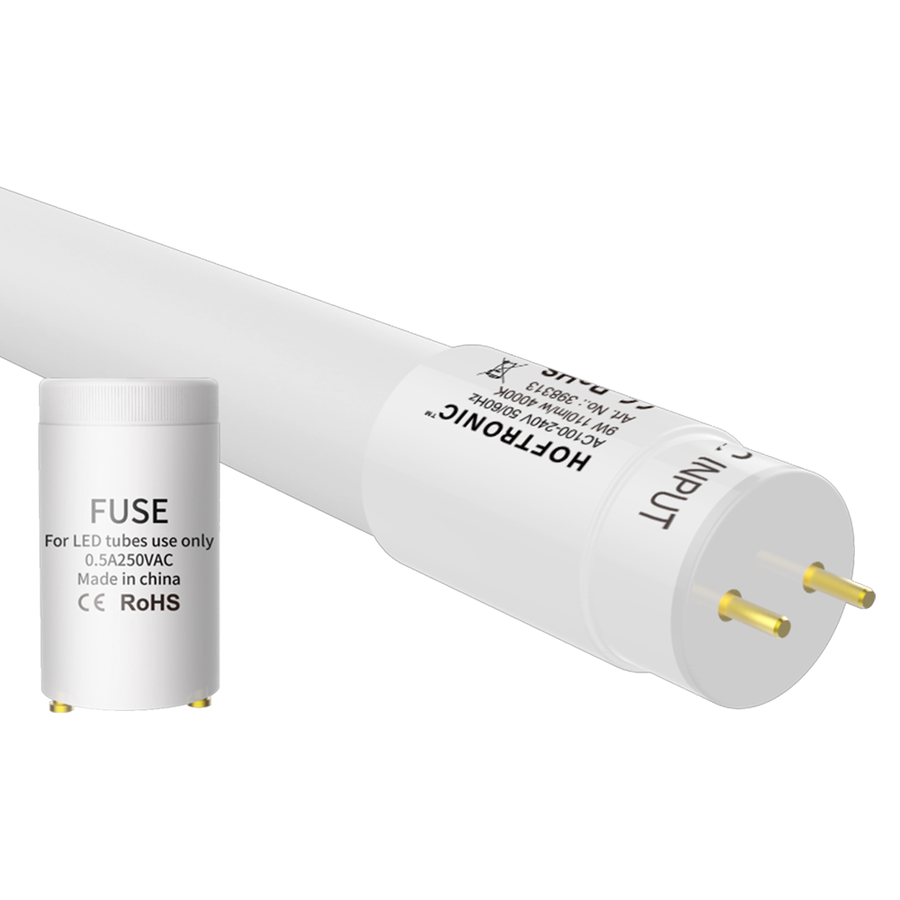
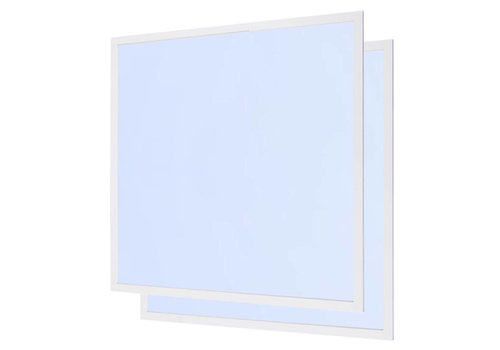
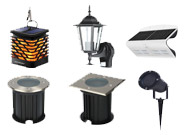
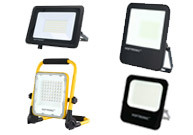

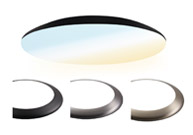
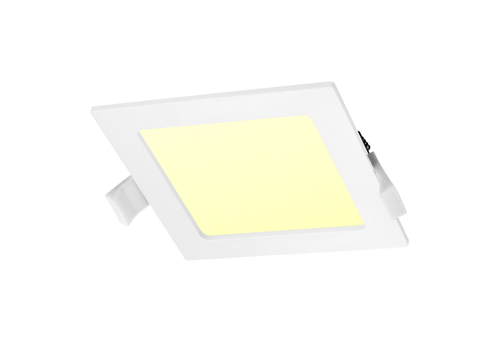


Comments
Be the first to comment...